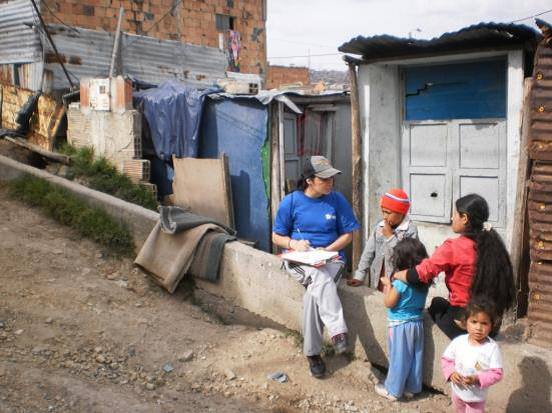
20 Aug 2017 STDM implementation in Ciudadela Sucre
The STDM implementation in Ciudadela Sucre, Colombia provides a good example where community sourced information has been accepted by the local authority in their support to improving the living conditions of communities in neighbourhoods whose settlements required upgrading. The data was collected through community mapping workshops and household surveys in 10 neighbourhoods.
The project, ‘STDM Pilot Implementation in Soacha, Colombia’ provided support to the Comprehensive Neighbourhood Upgrading program to respond to multi-sectorial needs informed by community-based decision-making reflective of the social, economic, and physical features of their settlements. Through this pilot, the Ciudadela Sucre community was able to identify and rank their neighbourhood challenges and formulate solutions to these issues. It also enabled them look into the opportunities available to upgrade their settlements.
Key partners involved in this project Habitat for Humanity Colombia (HfHC), The Hospital Order of St. John of God, through its communal center in Ciudadela Sucre, St. Benito Menni, The Catholic University of Colombia and COLNODO, a Colombian Non-Governmental Organization. Information generated using STDM elevated the topic of housing improvements and neighbourhood upgrading at both the local and national level.
Photos show the implementation process where community members are participating in mapping workshops and household surveys

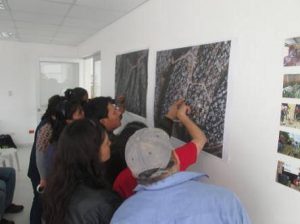
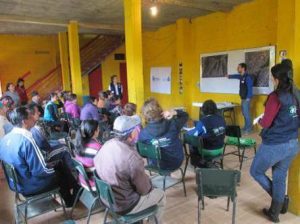
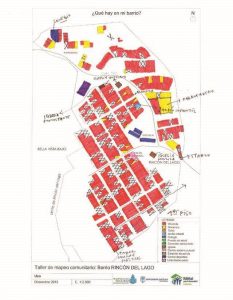
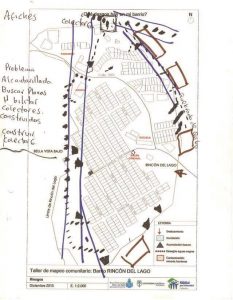
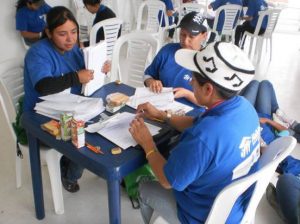
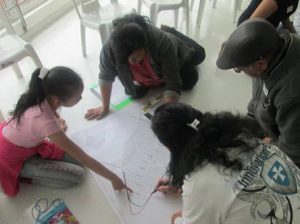
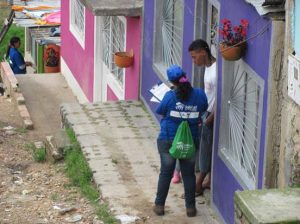

No Comments